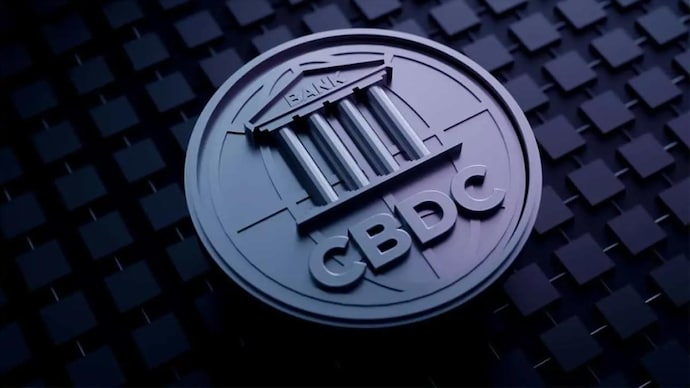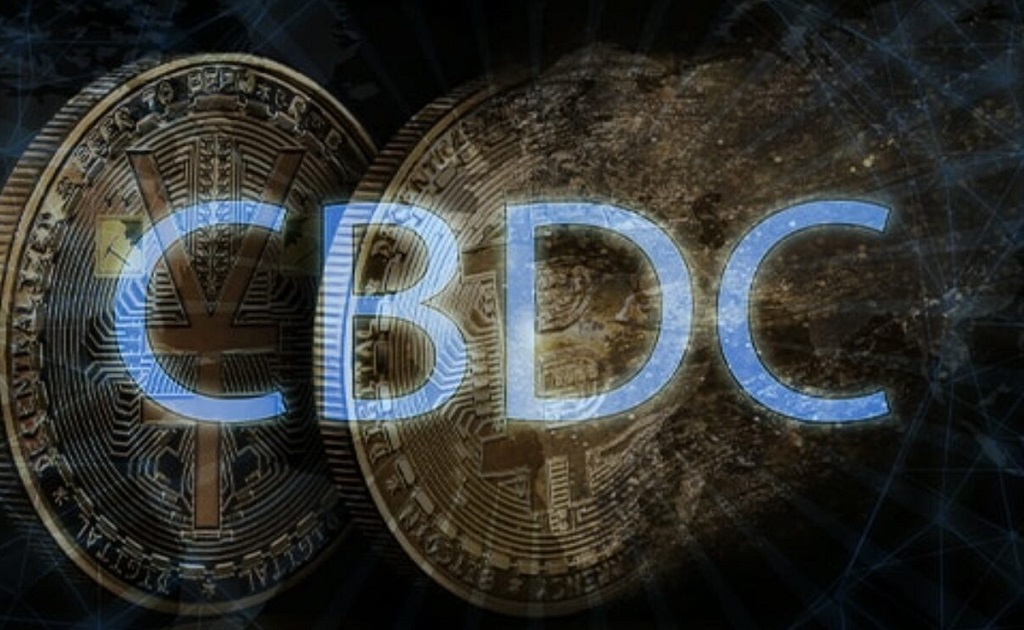It is a term that has gained widespread appeal in the digital asset industry but is still a fairly new concept. Moreover, as more countries seem to be seeking adoption of the idea, we take a look at not just what it is, who is using it, and why it is important as we uncover: what is Central Bank Digital Currency (CBDC)?
The cryptocurrency sector has seen the concept of CBDCs become a large part of the industry’s discourse. Moreover, a host of countries have observed the idea as potentially beneficial for its continued monetary development.
So, let’s take a closer look at this idea and what has come from it so far.
What is a CBDC?


The idea of a CBDC is fairly self-explanatory but also fairly complex. Firstly, it is important to understand that a CDBC is a digital currency that is issued by one country’s central bank. Consequently, it is exactly as it sounds.
These assets are very similar to the cryptocurrencies that we know, such as Bitcoin (BTC) or Ethereum (ETH), but they are also very different. Specifically, their value is maintained by the central bank issuing the asset and the national fiat currency.
Fiat currency is government-issued money that is not backed by any physical commodity, like gold or precious metals. Moreover, these assets are considered legal tender and can be used in the country’s economy in exchange for goods and services. Traditionally, this tender is issued in the form of banknotes or even coins as a physical representation of currency.
However, the development of blockchain technology has led to the creation of digital currencies that were originally offered as legal tender. The rise in popularity of digital assets has spearheaded the call for CBDCs. Mostly due to the rapid digitization of the financial sector.
These assets are issued and controlled by central banks and connected to government action. Entities like the US Federal Reserve, the Bank of Japan, and the People’s Bank of China (PBOC) represent entities that would control these assets.
What Countries Are Using Them?


Currently, more than 87 countries are exploring the use of CBDCs, with many in various stages of a pilot process. Moreover, these companies are all-embracing and testing out a variety of CBDCs, as they are available in a variety of different types.
Among those types is an account-based CBDC, such as the Eastern Caribbean’s DCash. Subsequently, this asset allows users to hold deposit accounts with the central bank. Alternatively, China has explored e-CNY. This CBDC has a heavy reliance on private banks to maintain and issue digital currency accounts to users.
Another type of CBDC model has been considered by the European Central Bank, which sees licensed banks operate verification nodes on a blockchain network. Susbeuqnelty, leading to the central bank’s creation of a digital euro.
Additionally, countries like Jamaica have explored the asset, launching its JAM-DEX in June 2022. This was the first asset to be offered as legal tender, but it is not blockchain-based. Currently, Nigeria launched its eNaira in 2021. While Africa has adopted the M-PESA infrastructure to potentially support the future implementation of CBDC.
Why Banks Are Adopting Them?


We know that people are interested in digital assets because of the rise in digital currency, but why are central banks adopting them so rapidly? Well, the answer is quite nuanced. However, it begins with a decline in the use of physical cash.
Specifically, Europe observed its cash use by citizens decline by a third from 2014 to 2021. Additionally, Norway only has 3% of its transactions executed with physical cash. Subsequently, central banks have sought further avenues to evolve their monetary systems with the growing trends.
Additionally, central banks are implementing CBDCs because of the rising popularity of cryptocurrencies. Moreover, consumer use of crypto and digital assets could be seen as a challenge for central banks. In order to turn attention back to government-issued centralized financial systems, a CDBC could be the best route.
Moreover, central banks are seeking to implement CBDCs because of the rapid evolution of the finance sector. Payment methods and options have rapidly grown and evolved. Central banks must keep up with that evolution. Thus, entering the digital age could be a beneficial endeavor for that goal.
The Pros of CBDCs


The increasing adoption of the digital asset industry comes from a need for decentralization. Moreover, that evolution has presented a host of benefits to digital currency. Thus, those benefits can be traced back to the potential integration of a CBDC.
Firstly, CBDCs are positive because of their reduced costs. By shifting away from physical currency, these central banks will be able to lower their costs, especially after they are able to invest in the technology necessary to implement these digital assets.
Another benefit would be the speed and efficiency that CBDCs would bring. Specifically, blockchain technology has evolved digital payment systems to work more efficiently than the alternatives. Subsequently, these developments could allow a more sufficient processing protocol than currently exists for physical money.
Finally, digital currency could actually improve the security of funds by ensuring that transactions are unalterable. This has been a consistent benefit of cryptocurrency and could transfer over to CBDC issuances.
The Cons


Conversely, there are also concerns regarding the development of CBDC. Moreover, there are a host of reasons why some people who champion the presence of digital assets could look at CBDCs as a negative development.
Firstly, the primary concern around the digital asset is its connection with the government. Rarely can citizens count on government interference to make something better. Thus, control over digital assets feels as though it is trending toward a riskier reality.
Specifically in the United States, the development of a Federal Reserve CBDC has become a constant debate. Politicians who champion the use of Bitcoin and other cryptocurrencies fear the arrival of central bank digital assets. Mostly because of how this technology could be used by government entities and what it could mean for the modern consumer.
Alternatively, there are concerns about the technological aspects of widespread digital adoption. If an entire monetary system is based on technology, what happens if issues arise? If no physical fiat currency is in play, the system is susceptible to possible technical outages that could be threatening.
Ultimately, the implementation of CBDCs is a scary prospect. The goal of digital assets was the decentralization of the finance sector. Through central bank-issued digital currency, you begin to lose that initial goal. You may gain the benefits of this technology but at the cost of the inherent mission of this asset class.





